Tummy tucks are one of the most common forms of cosmetic surgery. The procedure is designed to reduce fat on the stomach by tightening the core muscles in the abdomen. Once the muscles have been tightened, the stomach will become flatter and tauter.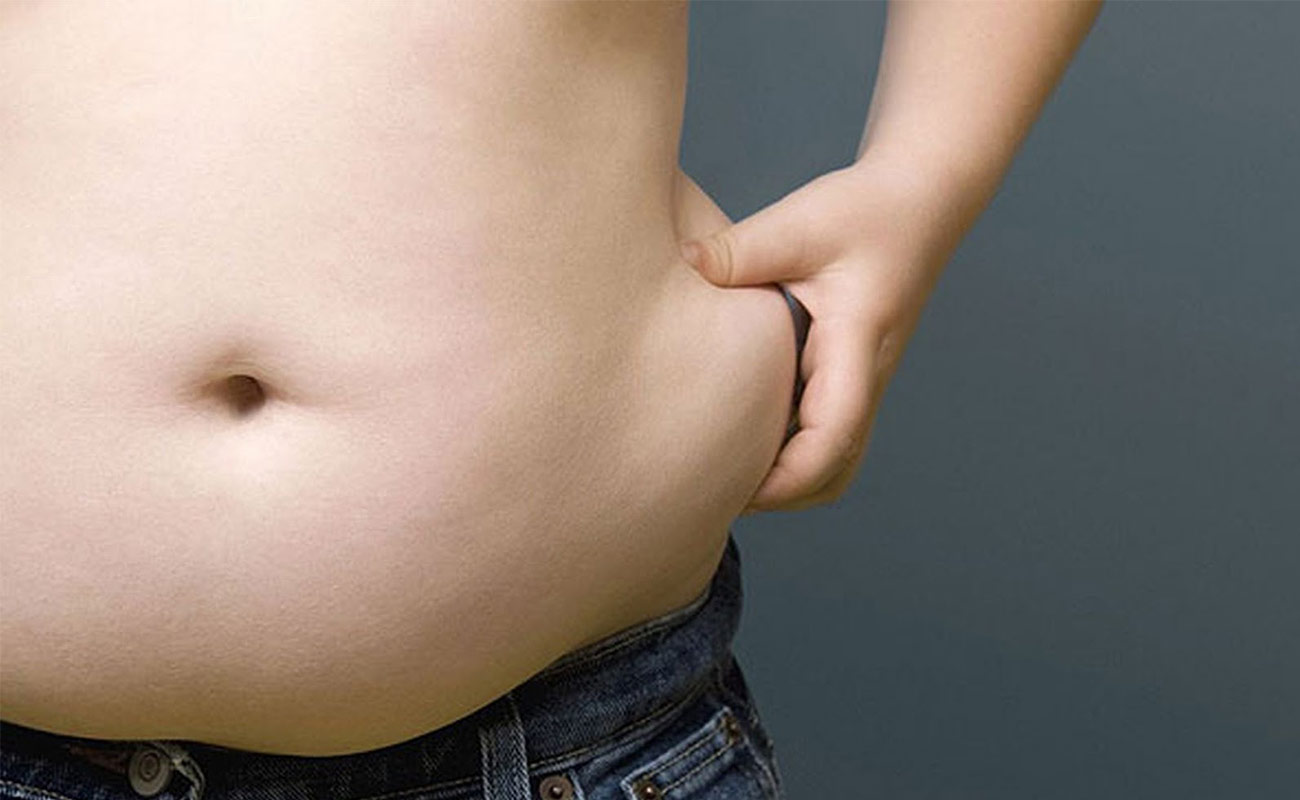
There are several important facts to know before undergoing an abdominal procedure. Once someone has all the facts, they will be able to make an informed choice as to whether a tummy tuck is a right choice for them.
A Good Candidate
Is in good health
Carries excess weight in midsection
Has loose skin
Has attainable, reasonable expectations for the surgery
Is committed to maintaining the results through diet and exercise
A Poor Candidate…
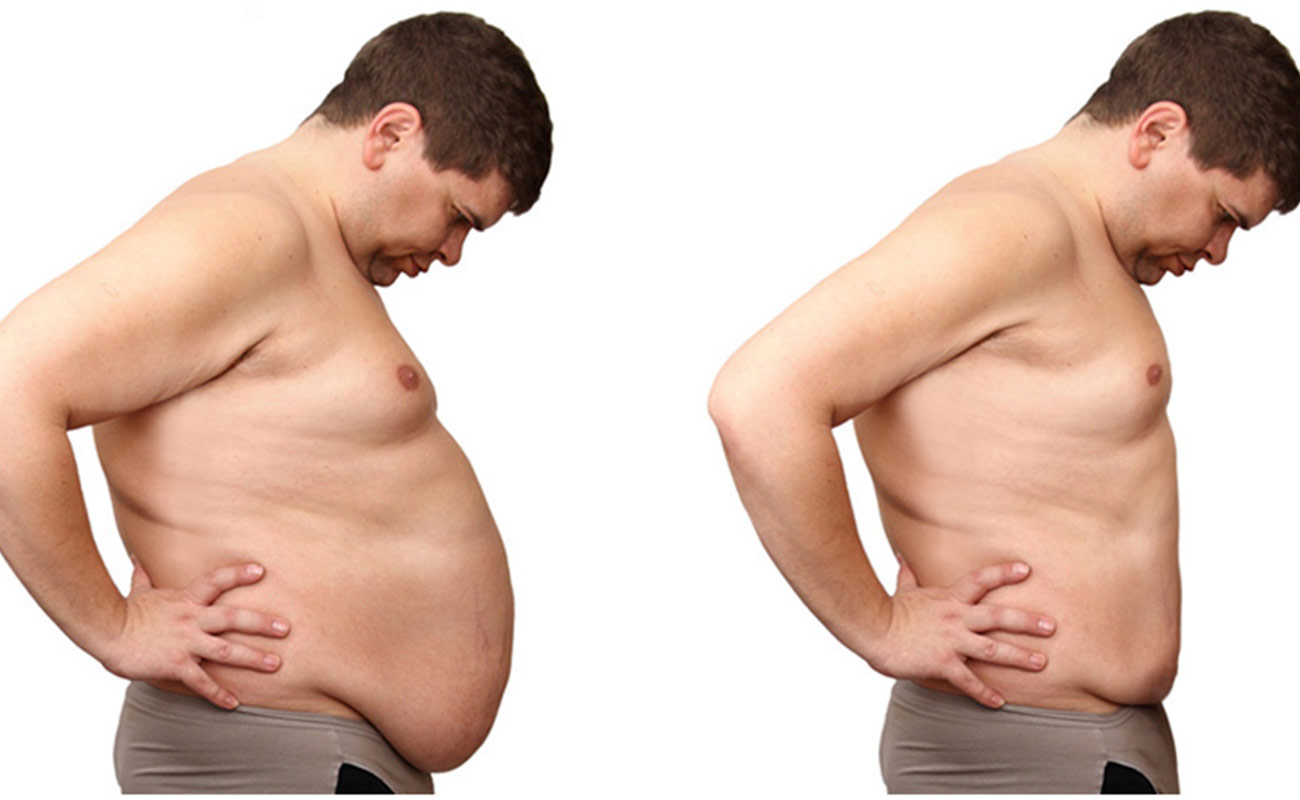
Is a smoker
Has a medical condition that could conflict with the surgery
Plans to lose a large amount of weight
Plans to become pregnant
Essentially, the ideal tummy tuck candidate is an adult who is within 25 pounds of his or her ideal body weight, with an abdominal area that does not respond to diet and exercise.
Abdominoplasty is often performed with general anesthesia, but it can also be done using a local anesthetic with a sedative. Tummy tuck surgery takes about two to five hours.
The procedure usually begins with a relatively long incision across the abdomen, from hip bone to hip bone. The shape of the incision is like a smile with a flat bottom. A second incision is made around the belly button to free it from the abdominal tissue.
The skin is separated from the abdominal wall, up to the ribs, exposing the vertical abdominal muscles (rectus muscles). These muscles may have been stretched apart by previous pregnancies. The rectus muscles are then stitched into their new position. After the muscles have been repositioned and tightened, the excess skin is stretched and removed.
The remaining skin is redraped over the abdominal area and sutured in place. The belly button is then moved to its new location.
Like all surgeries, tummy tuck carries certain risks, including infection, anesthesia complications, hematoma (collection of blood under the skin that may clot) and seroma (collection of fluid under the skin). Risks can be minimized by choosing a qualified plastic surgeon and closely following his or her pre- and post-op instructions.
Today's tummy tucks can be personalized based on your needs. If you have loose abdominal muscles, sagging skin and excess fat, a complete tummy tuck will likely do the trick. If the problem is just loose skin, plastic surgeons can perform a "skin only" tummy tuck. This procedure gets rid of excess skin but leaves the muscles intact.
If you have a small roll of loose skin and some muscle bulge from having children, you may be a candidate for a procedure known as mini tummy tuck. This operation involves a smaller incision along your bikini line. The surgeon then tightens the muscle, allowing your belly button to "float down" slightly, and removes excess skin.
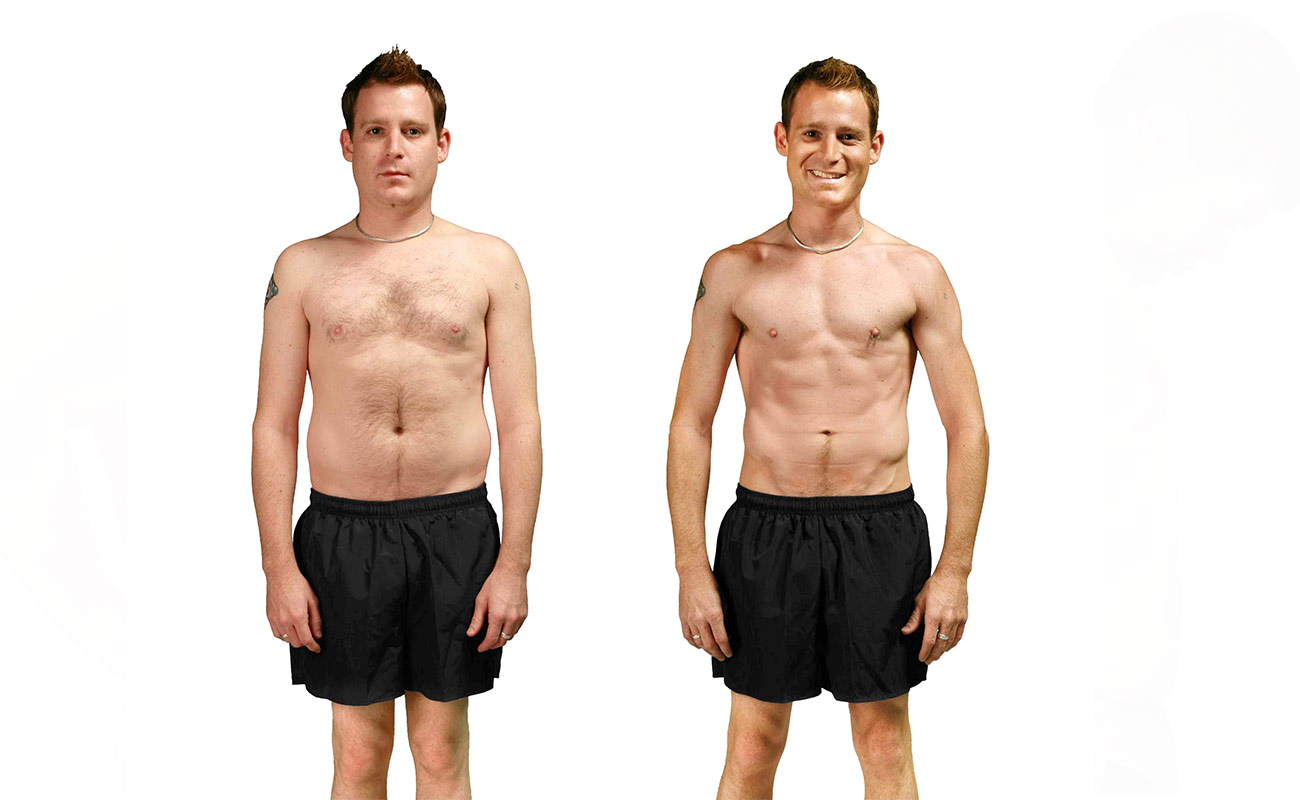
If the problem is excess fat alone, doctors can use liposuction. If you have weak ab muscles without loose skin, an endoscopic tummy tuck may be right for you. This procedure involves very small incisions above the pubic area or inside the belly button. A thin, flexible tube with a camera is inserted through the incisions, and tiny instruments are used to tighten the muscles.
It is important to note that tummy tuck is not a treatment for obesity. If you are overweight or obese, you may be asked to consider weight loss prior to undergoing tummy tuck. This may include diet and exercise or a referral to a bariatric surgeon if appropriate. Popular weight loss surgery procedures include Lapband surgery and gastric bypass.
If you have a significant amount of hanging skin (pannus), you may need a panniculectomy instead of a tummy tuck. This body contouring surgery is often an option after massive weight loss following bariatric surgery.
During the procedure, the extra fat is removed and weakened muscles are repaired. This is done with an incision along the bikini line. The length and shape of the incision will vary depending on amount of excess skin. Additionally, excess skin may be trimmed and removed. Liposuction is often added on to the procedure to remove excess fat and add a better contour. Finally, depending on the amount of loose skin being removed, a new opening for your belly button may need to be created and sutured into position.
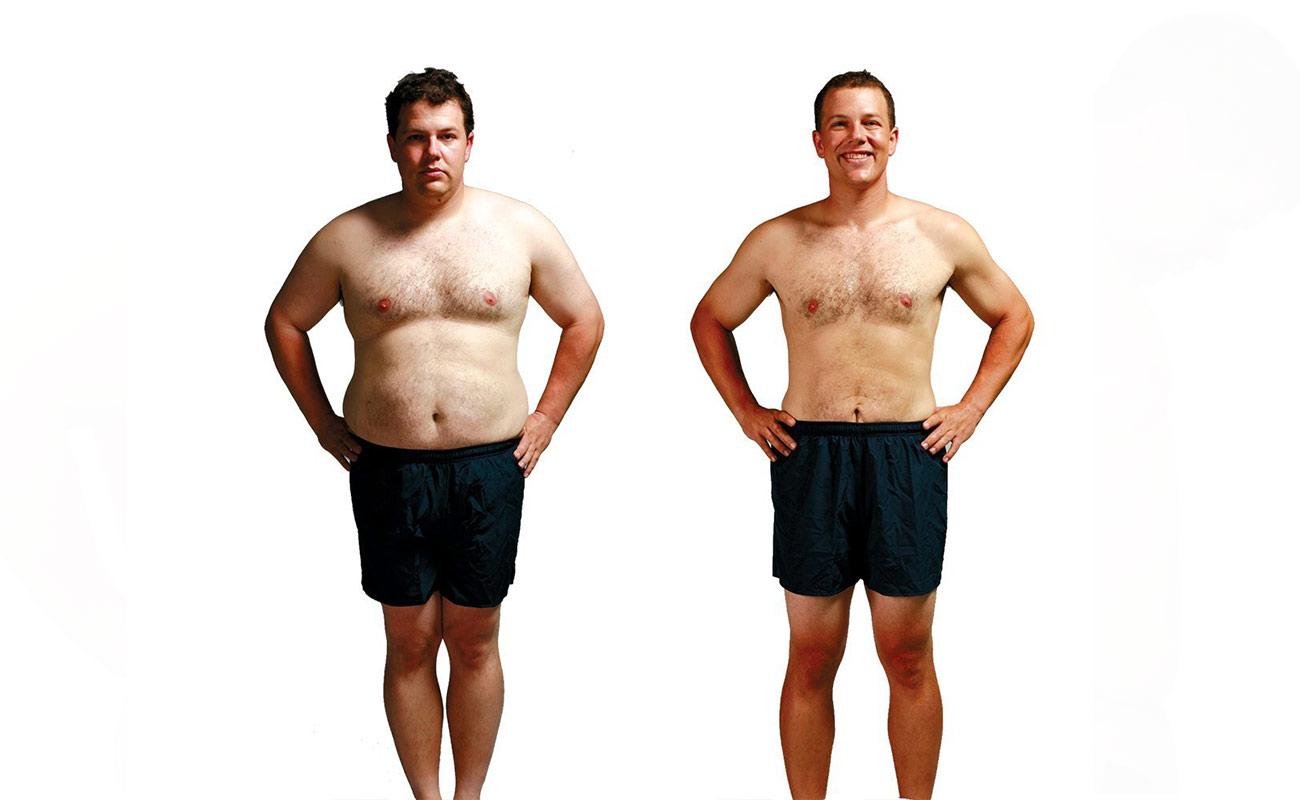
The first few days after the procedure, patients can expect to be sore and will need someone to help them. Patients need help in varying degrees ranging from help standing, sitting up, using the bathroom, and getting positioned in bed. Additionally, because the abdominal muscles have been tightened, the patient will be bent at the waist for the first few days until they can comfortably stretch those muscles into their normal upright shape. Healing and full recovery usually takes between 1-2 weeks. Your procedural scar will fade for up to a year after surgery. Keep in mind scar fading varies among patients.
Tummy tuck andstretch marks?
A tummy tuck removes those stretch marks that are below the belly button in many cases. Stretch marks that are above the belly button are moved down, but not removed.
How long can you wait after pregnancy before it is too late for the procedure to work?
You should not undergo a tummy tuck after pregnancy until your body changes have stabilized from your pregnancy. There is no limit on the time that you can wait before having the procedure after a pregnancy.
Are there any alternatives to a tummy tuck that are as effective without anesthesia?
Only a tummy tuck can remove excess skin, contour fat and tighten muscle. A tummy tuck will flatten the tummy and narrow the waist at the same time. Liposuction removes fat, but skin shrinkage after liposuction varies from patient to patient, even if ultrasound or laser is used to assist with the liposuction. There are some devices that can be used to heat and shrink skin, but they do not remove fat and do not affect the muscle in any way.
So the good news is that any of us can regain our pre-pregnancy or pre-weight loss abdominal tone after undergoing a tummy tuck along with some liposuction and even see some improvement in our stretch marks as well. It is just a matter of getting to our near ideal weight and then making the decision to have the procedure!
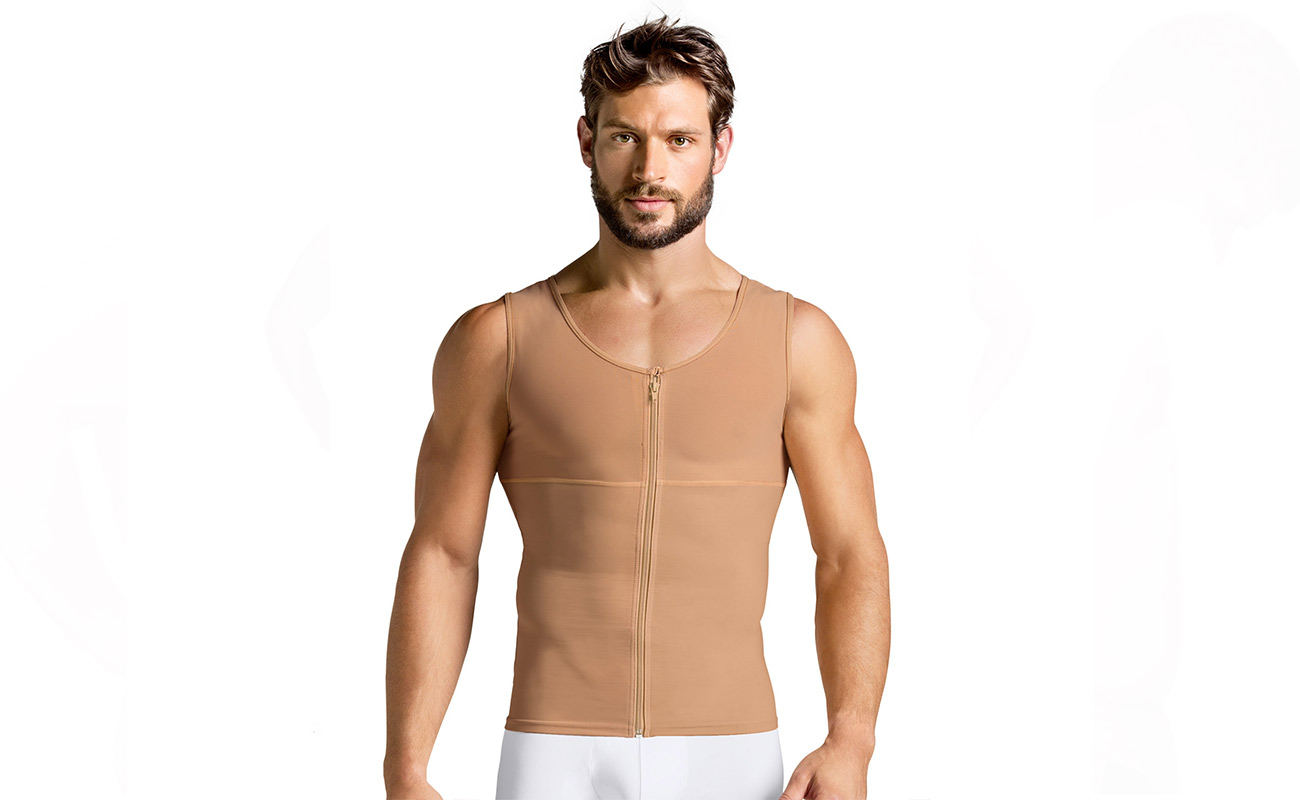
A tummy tuck will not make you lose weight. In fact, the procedure should be done when a patient is at his or her ideal weight but dealing with a belly bulge that won’t budge. After the muscles have been repaired and healed, the desired result of a flatter appearance is achieved.
Sources:
Webmd, dsherbertmd, smartbeautyguide, thingsthatmakepeoplegoaww, yourplasticsurgeryguide,
Submit Comment